This holiday season, you will unwittingly indulge upon a wide variety of microorganisms. Whether you celebrate Christmas, Hanukkah, or Kwanzaa, microbes are certain to be present at your dinner table. Be sure to avoid the harmful microorganisms and celebrate with the good ones found in this list of holiday fare.
Turkey
Imagine the most beautiful turkey you have ever seen; cooked to perfection with golden brown skin and filled with stuffing. Before diving in and eating your weight in turkey, be sure the meat has reached an internal temperature of 165°F to kill off common poultry bacteria such as Salmonella and Campylobacter.
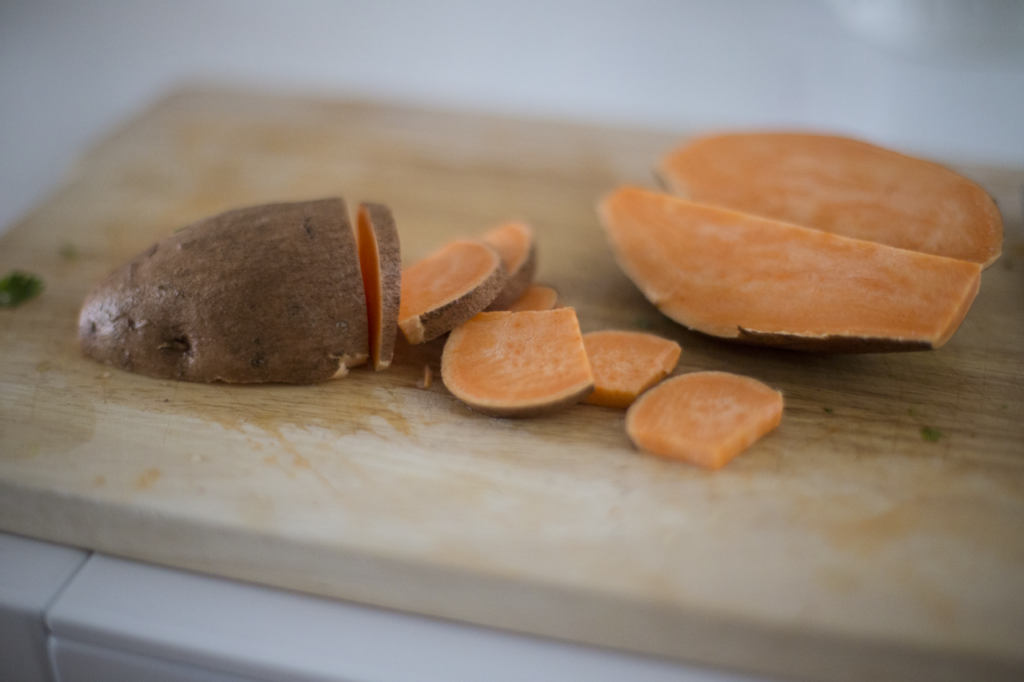 Sweet Potatoes
Sweet Potatoes
Consider yourself lucky that sweet potatoes even made it to the table. Your holiday favorite managed to elude bacteria and fungus responsible for reductions in crop yield such as Erwinia chrysanthemi, Ralstonia solanacearum, and Fusarium solani.
Brisket
Does the savory aroma of beef brisket ever make you wonder if an E. coli O157:H7 infection is coming your way? Don’t rely on the color alone to avoid a case of hemolytic uremic syndrome (HUS) – be sure it is cooked to 160°F. Add some mushroom sauce for a healthy dose of “fungus amungus,” and then entertain (or annoy) your family and friends with these unusual and interesting facts about mushrooms!
 Beer
Beer
Beer is the subject of many great songs, such as the infamous and infuriating “99 Bottles of Beer on the Wall.” Common ingredients used for beer are yeasts like Saccharomyces cerevisiae, Brettanomyces, and Lactobacillus. These microbes are blended together, along with a few additional ingredients, to create a tasty brew!
Wine
The yeast and bacteria that are ‘kind of a big deal’ in the winemaking world are Saccharomyces cerevisiae, Oenococcus, Lactobacillus, Brettanomyces, Pediococcus, and Botrytis cinerea. Learn how these microorganisms spread holiday cheer in our blog post about fermentation.
Cheese
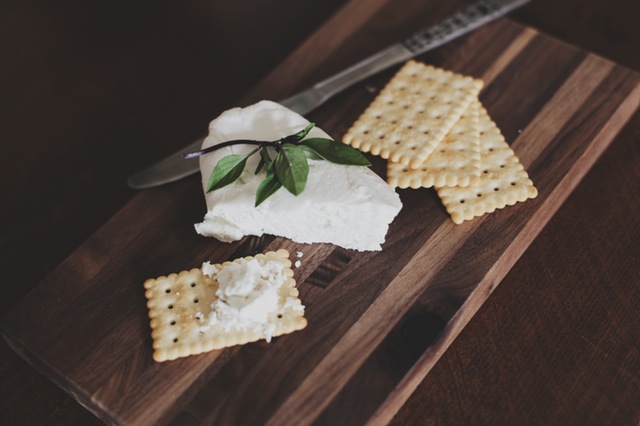 It’s hard to deny that cheese makes every dish better. We can thank microbes for the unique flavors and textures of our favorite cheeses. There are approximately 10 billion microbial cells in one cheese crumble. Researchers are still in the process of identifying all of the microbes present and how they contribute to the cheese ripening process.
It’s hard to deny that cheese makes every dish better. We can thank microbes for the unique flavors and textures of our favorite cheeses. There are approximately 10 billion microbial cells in one cheese crumble. Researchers are still in the process of identifying all of the microbes present and how they contribute to the cheese ripening process.
Most cheeses are made with starter bacteria from the Lactobacillus, Lactococcus, and Streptococcus groups. Think fondly of these helpful bacteria while you enjoy your cheese platter, Sweet Lokshen Kugel, or macaroni and cheese.
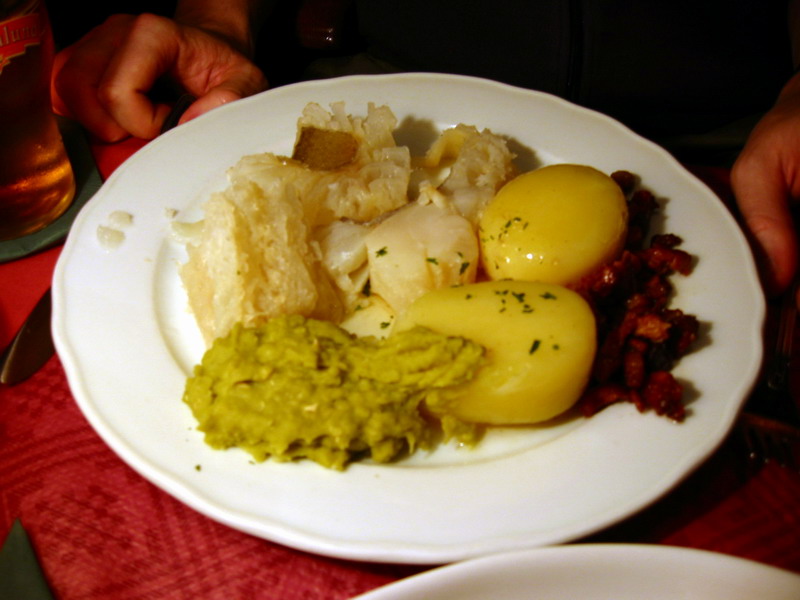 Lutefisk
Lutefisk
Our list wouldn’t be complete without a favorite from our home state. Lutefisk is a traditional Nordic dish that is enjoyed by many in Minnesota. This whitefish dish is bathed in lye which is so caustic that great care must be taken when handling it to avoid chemical burns. If this doesn’t sound appetizing, keep in mind this dish is probably the safest on the holiday table. The lye has a pH of about 13 which is so alkaline that bacterial growth is inhibited.
Happy holidays from all us at Microbiologics!
You can try to stop singing “99 Bottles of Beer on the Wall” now!


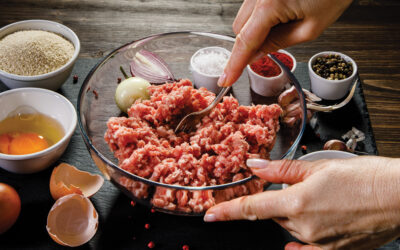
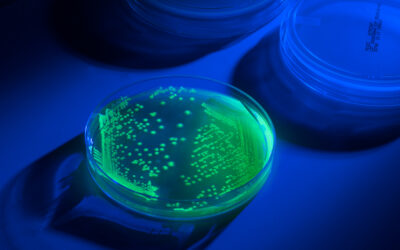


0 Comments